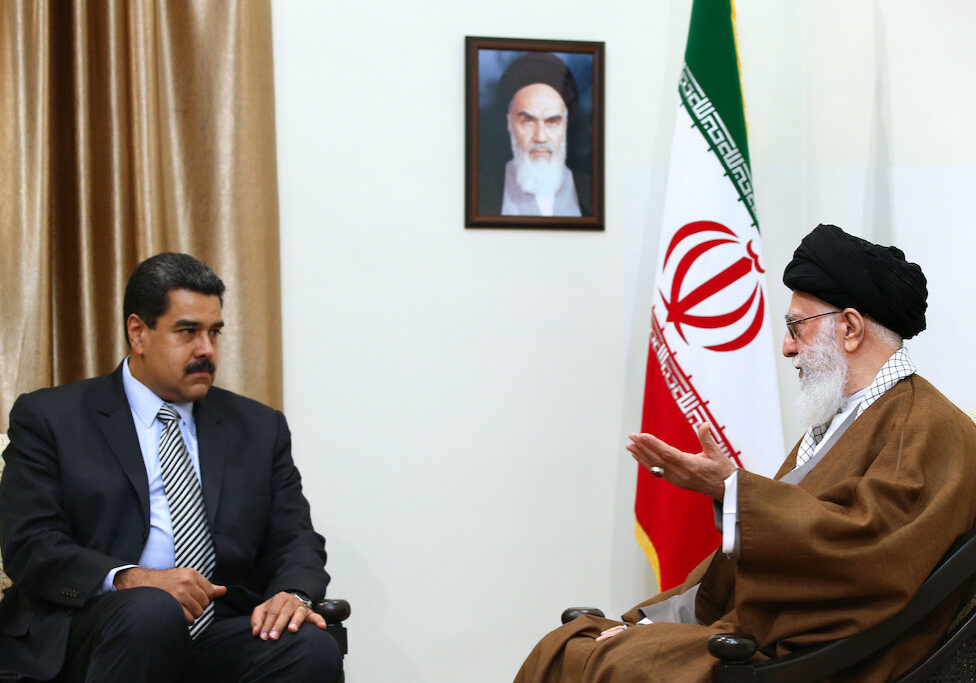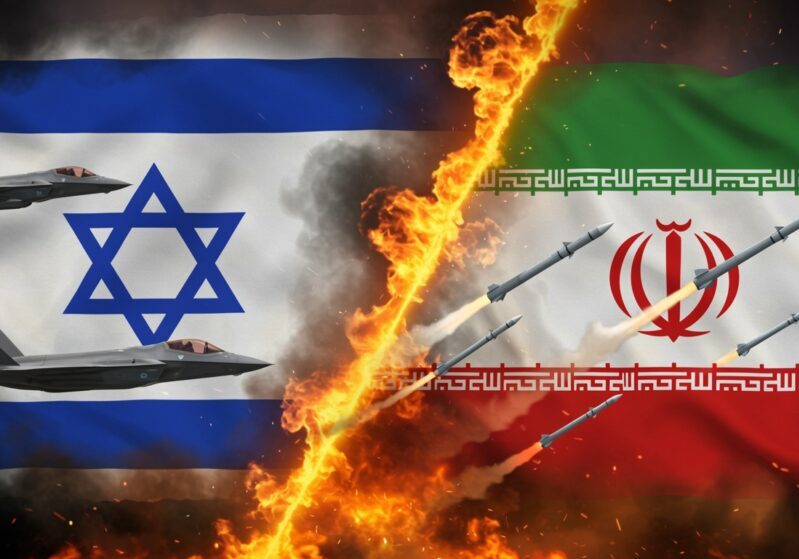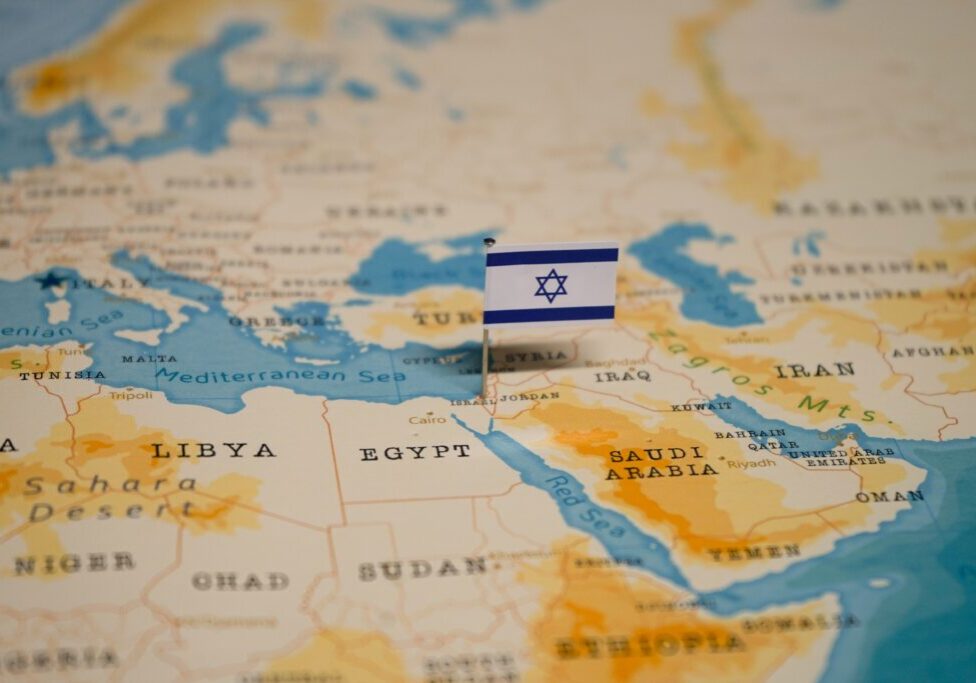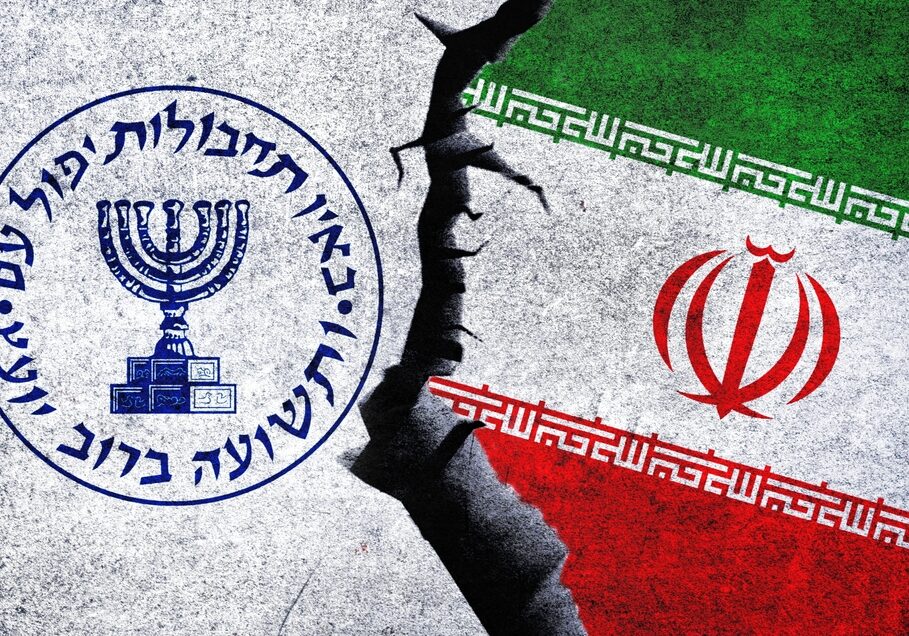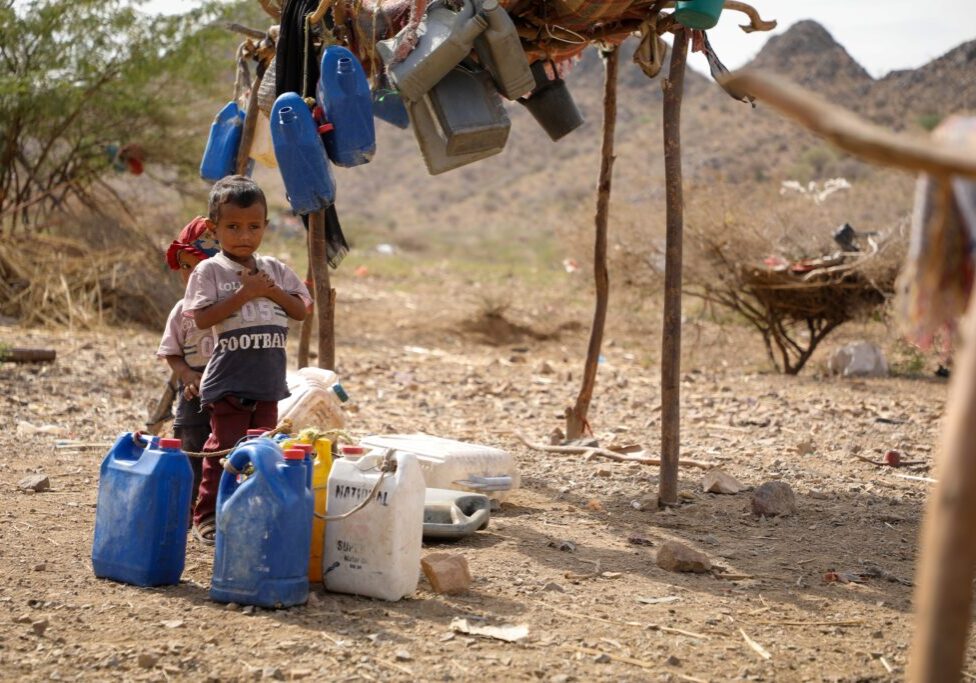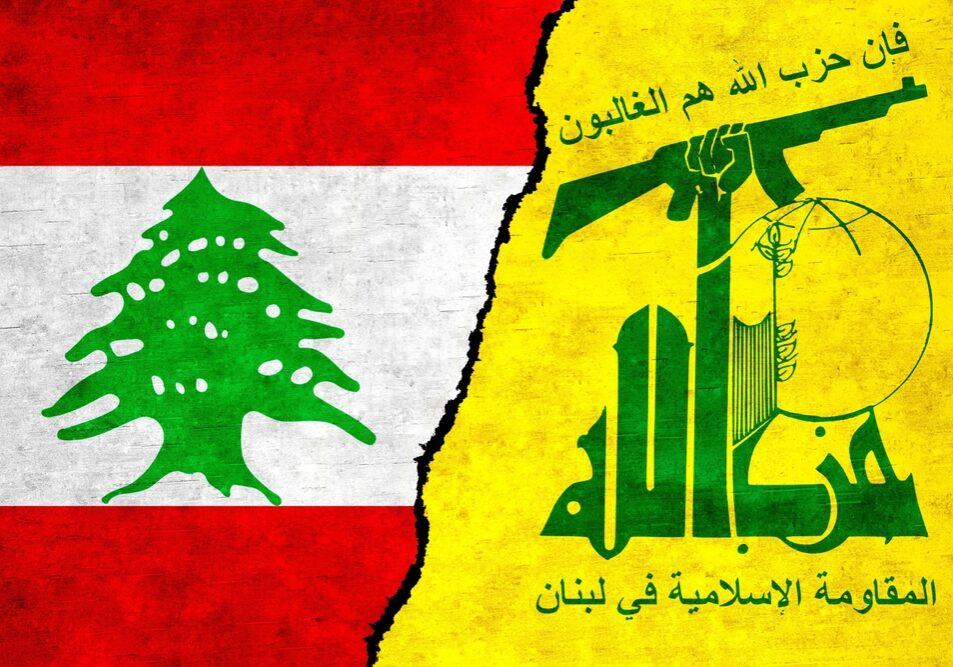Australia/Israel Review
Deconstruction Zone: US outreach vs. Iranian aggression
Sep 28, 2023 | Jonathan Spyer
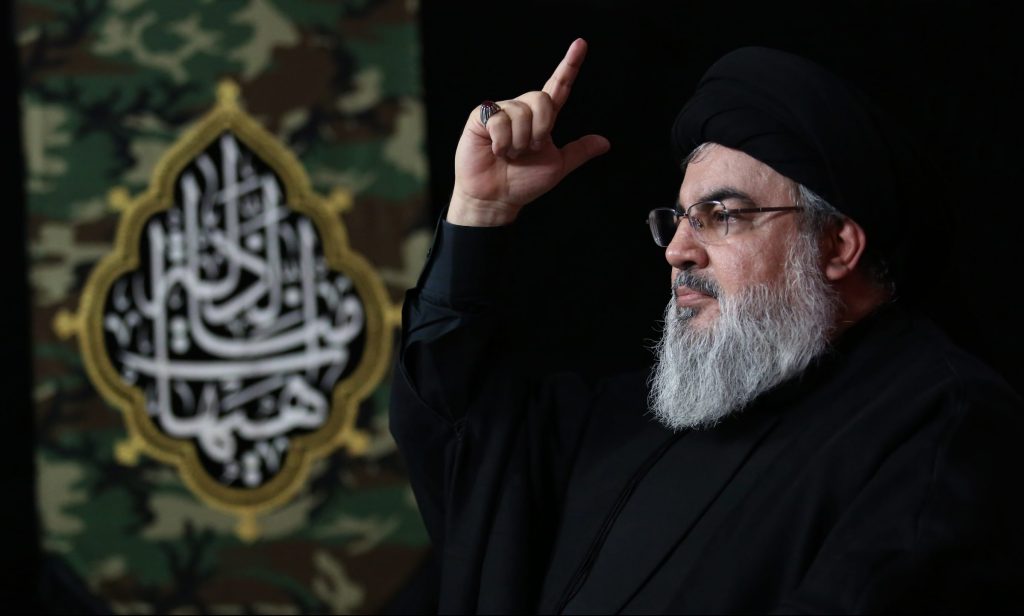
The US Biden Administration has pursued a strategy of outreach to Iran – releasing frozen assets in exchange for hostages, trying to revive the Obama-era nuclear agreement. Iran and its regional allies, meanwhile, are getting more aggressive. On August 28, Hassan Nasrallah, Secretary-General of the Lebanese terror group Hezbollah, issued a direct threat to the US.
“The Americans control the oil fields east of the Euphrates, and they are the ones who prevent these fields from returning to the Syrian government,” he said. “The Syrian state and its allies are able to liberate the east of the Euphrates… But the east of the Euphrates is an area occupied by US forces, so the conflict there is a regional conflict and could lead to an international conflict… If the Americans want to fight, they’re welcome, and this is the real battle that will change everything.”
Mr. Nasrallah said this in an address marking 17 years since the Israel-Hezbollah war of 2006, which his Iran-backed movement considers a “divine victory”.
His sabre-rattling comes amid heightened tensions in the Syria-Lebanon-Israel triangle. Nine hundred US troops are deployed east of the Euphrates.
The Hezbollah leader’s threats to the US are in line with an idea making the rounds among Iran’s allies in the Levant. It is the “unity of the arenas” (wahdat al saha’at in Arabic), according to which the various battles between Iran’s allies and pro-Western forces in the region are parts of a single war. That includes Hezbollah’s domination of Lebanon, the Assad regime’s effort to expel the US from Syria, and terrorism against Israel by Hamas and Palestinian Islamic Jihad. The concept deserves close attention. In Israel, such utterances are noted not only because of their rhetorical appeal, but also because they have direct consequences.
Several ominous events in recent months demonstrate what this concept means in practice.
In March, an operative carrying a claymore mine was dispatched from Hezbollah-controlled south Lebanon to central Israel. His mission clearly was to carry out a mass terror attack using a type of ordnance rarely seen in the Israel-West Bank arena. The operative was killed as he tried to return to Lebanon, after planting the mine. An Arab citizen of Israel was blinded when the mine exploded.
In the same month, a drone attack on a US position in Hasakah, Syria, killed a civilian American contractor and wounded five US service members.
In April, 34 rockets were fired at Israel from south Lebanon. Israeli authorities suggested that Hezbollah might not have been aware of the firing. This contention was fatuous. Nothing moves south of the Litani River without Hezbollah’s permission.
On Aug. 3, missiles were fired at a US position near Shaddadi, Syria.
Later that month, Israeli security forces intercepted a smuggling attempt from Jordan into the West Bank, close to Ashdot Yaacov in the Jordan Valley. The smugglers were carrying Iranian-made explosives, presumably destined for the newly emergent militia groups of the northern West Bank. Because of those organisations’ efforts, 2023 has seen the highest rates of Palestinian and Israeli fatalities since the end of the Second Intifada in 2004.
The unity of the arenas also encompasses illicit commerce. The ordnance intercepted at Ashdot Yaacov almost certainly entered Jordan from Syria. It would have been moved along the same smuggling routes that Bashar al-Assad, Hezbollah and the Iranian Revolutionary Guard Corps use to traffic Captagon, the amphetamine-type stimulant that helps finance their campaigns.
There are more overt indications of growing coordination. On Sept. 1, Nasrallah entertained Palestinian terrorist leaders in the underground Beirut bunker where he has dwelt since 2006. Ziad Nakhaleh, Palestinian Islamic Jihad’s Secretary-General, was there. Appearing for Hamas was Saleh al-Arouri, who oversees that movement’s efforts to light up the West Bank.
Gilad Erdan, Israel’s ambassador to the United Nations, suggested recently that his country is closer to military action against Hezbollah than at any time since the 2006 war. The US, meanwhile, continues its outreach to Teheran. Iran is waging a multifront military and political struggle – the “unity of the arenas.” Its enemies are divided.
Dr. Jonathan Spyer is Director of Research at the Middle East Forum and Director of the Middle East Centre for Reporting and Analysis. He is the author of Days of the Fall: A Reporter’s Journey in the Syria and Iraq Wars. (Routledge, 2017). © Wall Street Journal (wsj.com), reprinted by permission, all rights reserved.
Tags: Hezbollah, Iran, Middle East, United States

